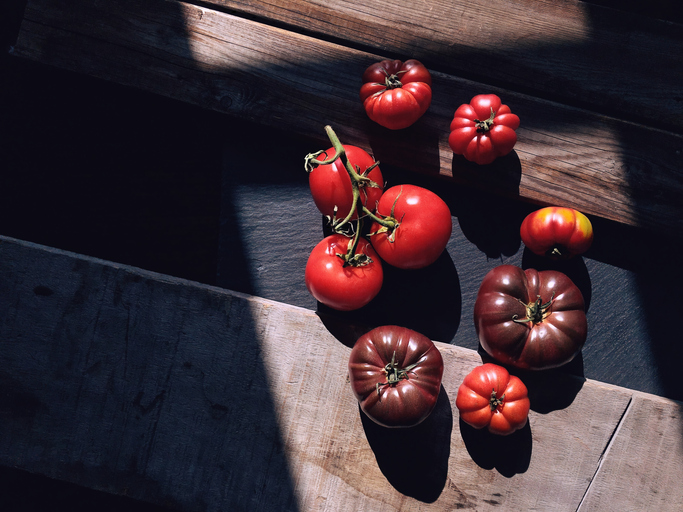Unusually wet fall weather has Georgia wheat farmers planting their smallest crops in almost 20 years, said a University of Georgia agronomist.
"We're hoping farmers can get 250,000 to 280,000 acres planted this year," said Dewey Lee, an extension agronomist with the UGA College of Agricultural and Environmental Sciences. "That's just about two-thirds of last year's 400,000 acre crop."
Not since the 1979 crop of only 210,000 acres have wheat farmers planted such a small crop.
Although Georgia farmers never raise enough wheat to significantly affect the wholesale price of wheat and flour on international markets, a half crop will affect the farmers.
"There will certainly be a loss of farm income," Lee said.
George Shumaker, a CAES economist, estimates Georgia wheat farmers will lose about $18 million in total income from this short crop. "If it's not planted, they can't harvest it," he said.
Shumaker based the loss estimate on how much farmers would earn if they had been able to plant and harvest a full crop. That loss doesn't include the loss of wages to farm workers and extra help at millers, either.
Wet weather from late September through December has farmers still trying to harvest cotton and soybean fields. Until they can get those crops out of the fields, wheat and other small grains can't be planted.
And even in harvested fields, Lee said the saturated, soggy soil won't support the weight of planting equipment.
"We're at the point now, that I'm telling farmers that if they can't get wheat planted before the third week of December, to not even try to get in there," Lee said. After that point, the cost to grow and manage the crop well is greater than the potential income, and farmers could actually lose money.
He explains that in the seven to 14 days after the ideal planting window for wheat, the yield potential drops by 15 to 20 percent. From 15 to 21 days after the planting window, the potential yield drops by almost half.
"That's true no matter what variety you plant," he said.
With less than half of Georgia's typical crop to buy and use next spring, flour millers across the Southeast will have to buy wheat from other areas. Lee said Georgia farmers plant mostly soft, red winter wheat. This wheat is milled into flour used in soft baked goods like doughnuts, cookies and cakes.
"A lot of Georgia's wheat ends up on Georgia families' tables," said Lee. "But, this year, that won't be the case." The Georgia shortage will force millers to bring more wheat in from other areas, Lee said. He said the farmer's and miller's problems will have little to no effect on the price of baked goods for consumers.
But reduced acreage is just one problem wheat farmers face. Soggy fields make growing wheat and other small grains more difficult.
"Continued wet weather will really tax farmers' management," Lee said. "They'll have to carefully time nutrient applications and manage to increase tillers." Rain can wash away pesticides, nitrogen or other nutrients, too.
Wet soil also limits wheat growth. Soggy soil keeps oxygen away from roots, preventing good root system development. Without good roots, the plant can't absorb nutrients and produce enough heads for high yields.
"It's already started out as a tough year for small grains producers in Georgia," Lee said. "All we can do now is hope the weather cooperates so the wheat that is planted can produce a good crop."






